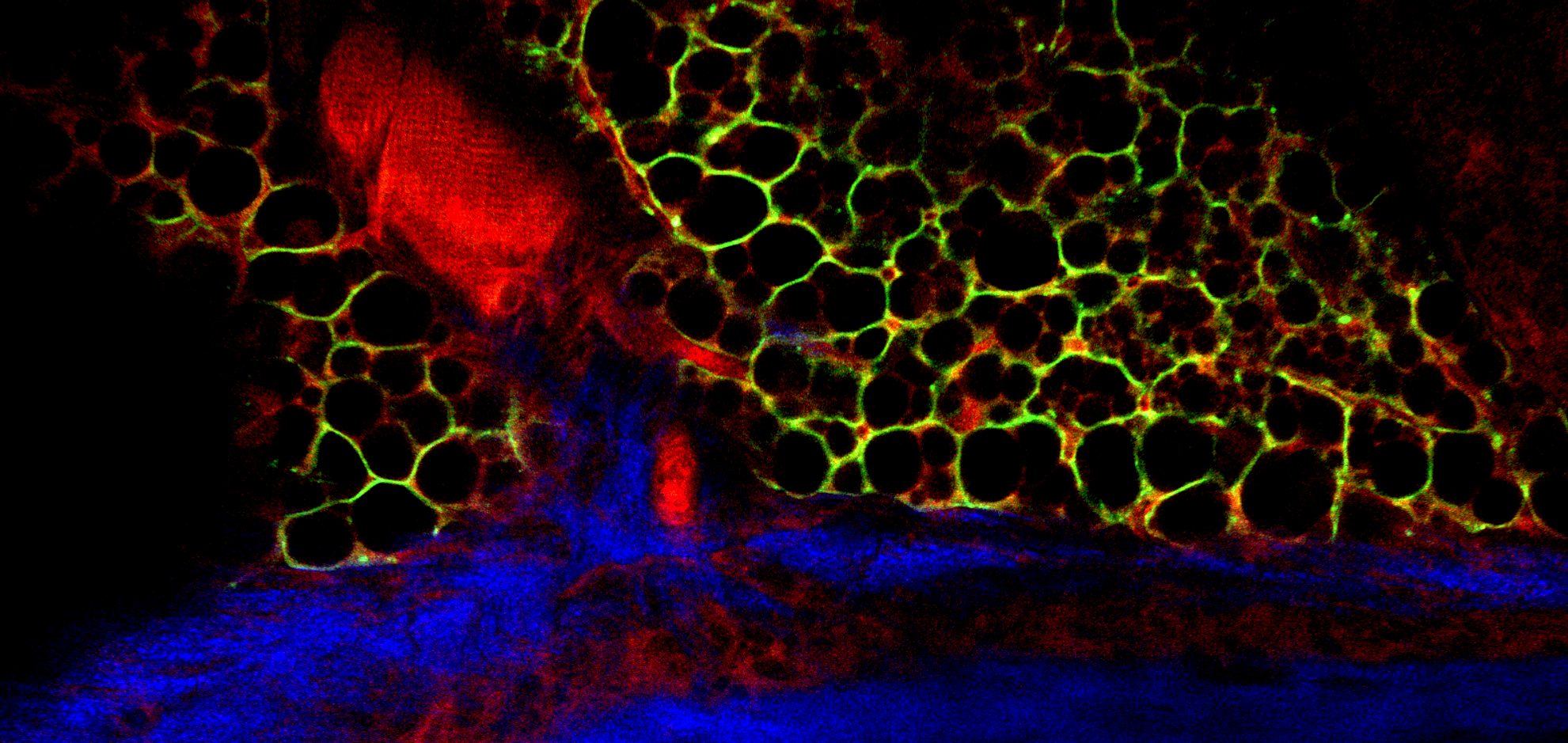

Bio Modeling group 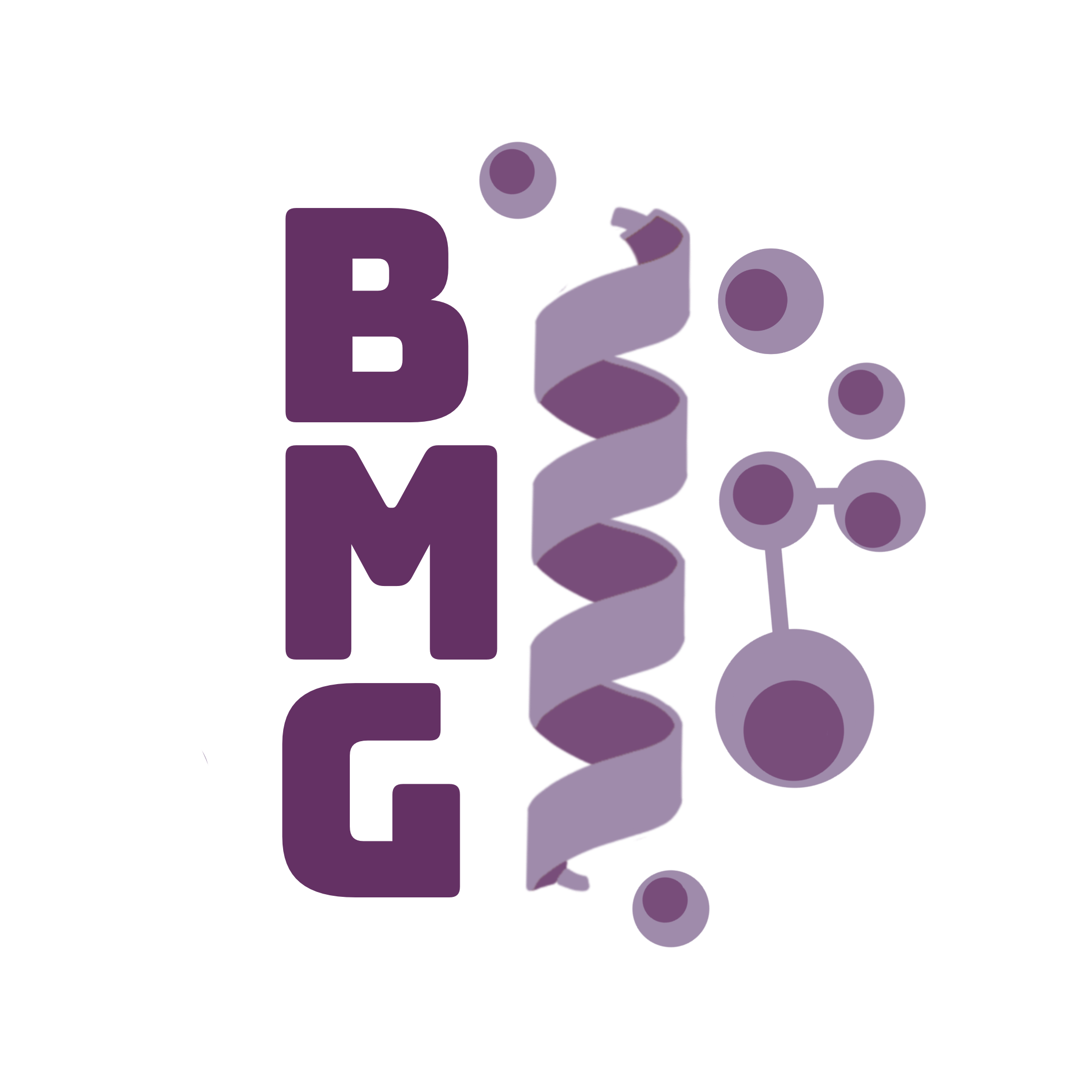
The biomodeling group comprises multiple research lines centered on modeling biological systems. One of the diverse research areas is focused on computational biology and computational molecular biophysics, with an emphasis on developing novel theoretical and computational methods for quantitatively investigating various aspects of biomolecules, particularly proteins. The development of these computational methodologies also facilitates their applications in more practical fields, including protein design and compound screening. Another research line within the biomodeling group operates in the field of systems biology, applying the toolbox of statistical physics to address a wide spectrum of biological questions, ranging from the role of biological noise and phenotypic heterogeneity in cancer cell populations to the collective behavior and self-organization processes occurring during morphogenesis.
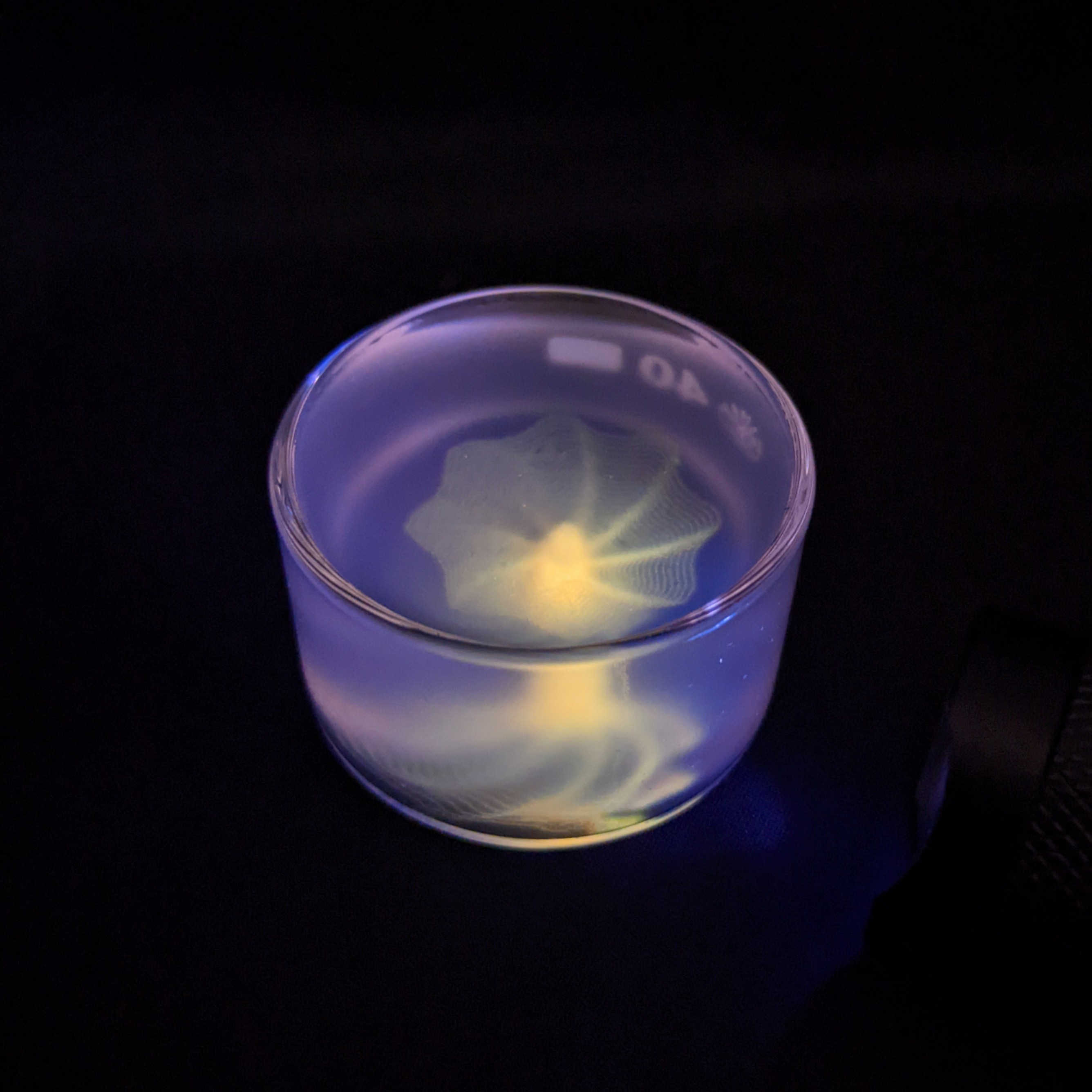
Bio Printing group 
Our multidisciplinary lab is interested in the engineering of new approaches for the fabrication of functional living human tissues. We are committed to the fabrication of physiologically-relevant constructs for disease modelling and drug development, as well as for tissue engineering and regenerative medicine purposes.
We are pioneering the use of microfluidic printheads to generate complex fibrous elements that can be assembled in three dimensions using motorised platforms. The Bio Printing Group is exploring the possibility to print tissues that are as close as possible to their physiological and original counterparts, aiming to pattern cellular and extra-cellular components to build bone, cartilage, vasculature, nerve, muscle tissues and more.
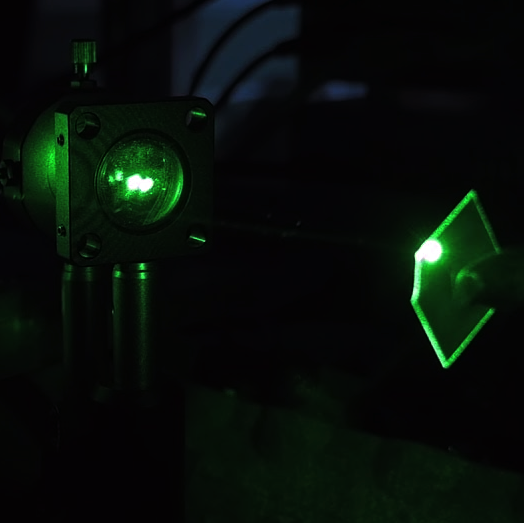
Bio Brillouin group 
Mechanobiology is a growing area of biophysics that studies the role of mechanical forces in cellular development and diseases. Recent research shows that many pathologic conditions are connected with alterations of mechanical properties of cells or intracellular compartments (e.g. Kabuki Disease, Amyotrophic Lateral Sclerosis, …), but the determination of the mechanical behavior of living cells and tissues is to date a challenging task in biophysics. To this end, our group exploits Brillouin Microscopy, a cutting-edge all-optical methodology that provides a complete characterization of the viscoelastic properties of a biological sample in a contactless, non-invasive and label-free way. We use a multidisciplinary approach to both develop new technologies for imaging purposes and to study all the potentialities that this technique holds for mechanobiology and biomedical research.
Bio Photonics group - Optical Design & Super-Resolution 
The mission of our laboratory is to pioneer innovative techniques and experiments, addressing visionary optical challenges within the field of photonics. These challenges encompass areas such as Label-Free Single-Cell Characterization, Super-Resolution Microscopy, and All-Optical Computation. Our cutting-edge techniques are poised to revolutionize the early diagnosis of conditions such as blood cancer, Alzheimer's Disease, and rare neurodegenerative diseases.
The dedicated team at the Optical Design and Super-Resolution Lab harnesses state-of-the-art photonics technologies, including adaptive optics, spatial light modulation, and dynamic wavefront correction. In conjunction with expertise from other fields, such as microfluidics and 3D high-resolution printing, we are committed to delivering novel solutions that drive technological advancement.

Bio Photonics group - IR Nanospectroscopy 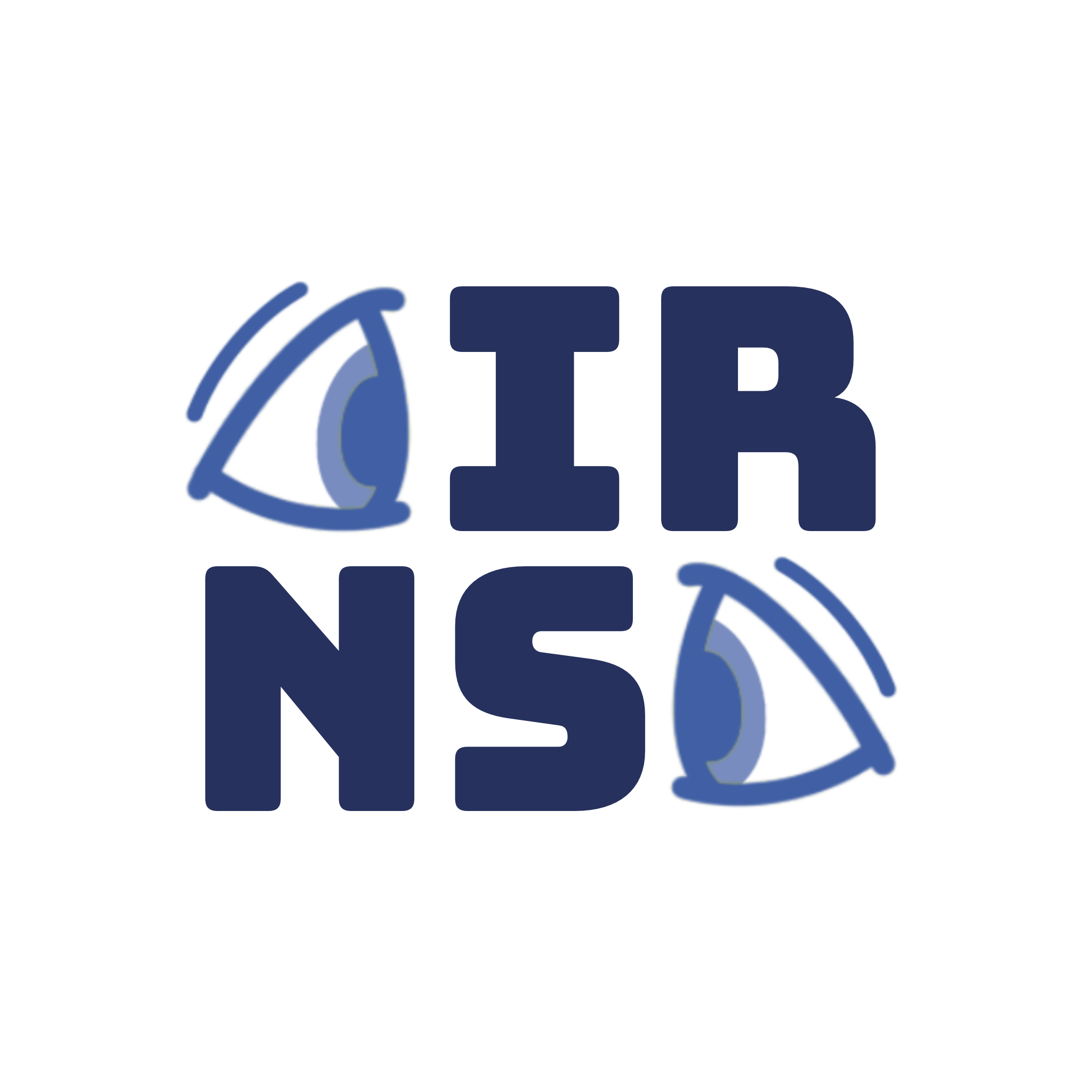
We research on new experimental approaches that leverage on infrared nanospectroscopy for the study at the nanoscale of biomaterials and related soft-matter nanostructures, plasmonic nanostructures and nano-photonic devices. The advanced approaches are mainly intended to uncover fundamental but still elusive molecular mechanisms underlying protein conformational changes and protein misfolding, with a specific focus on optogenetic membrane proteins and aggregation-prone proteins associated with neurodegenerative disorders such as Amyotrophic Lateral Sclerosis, Alzheimer's and Parkinson's diseases.
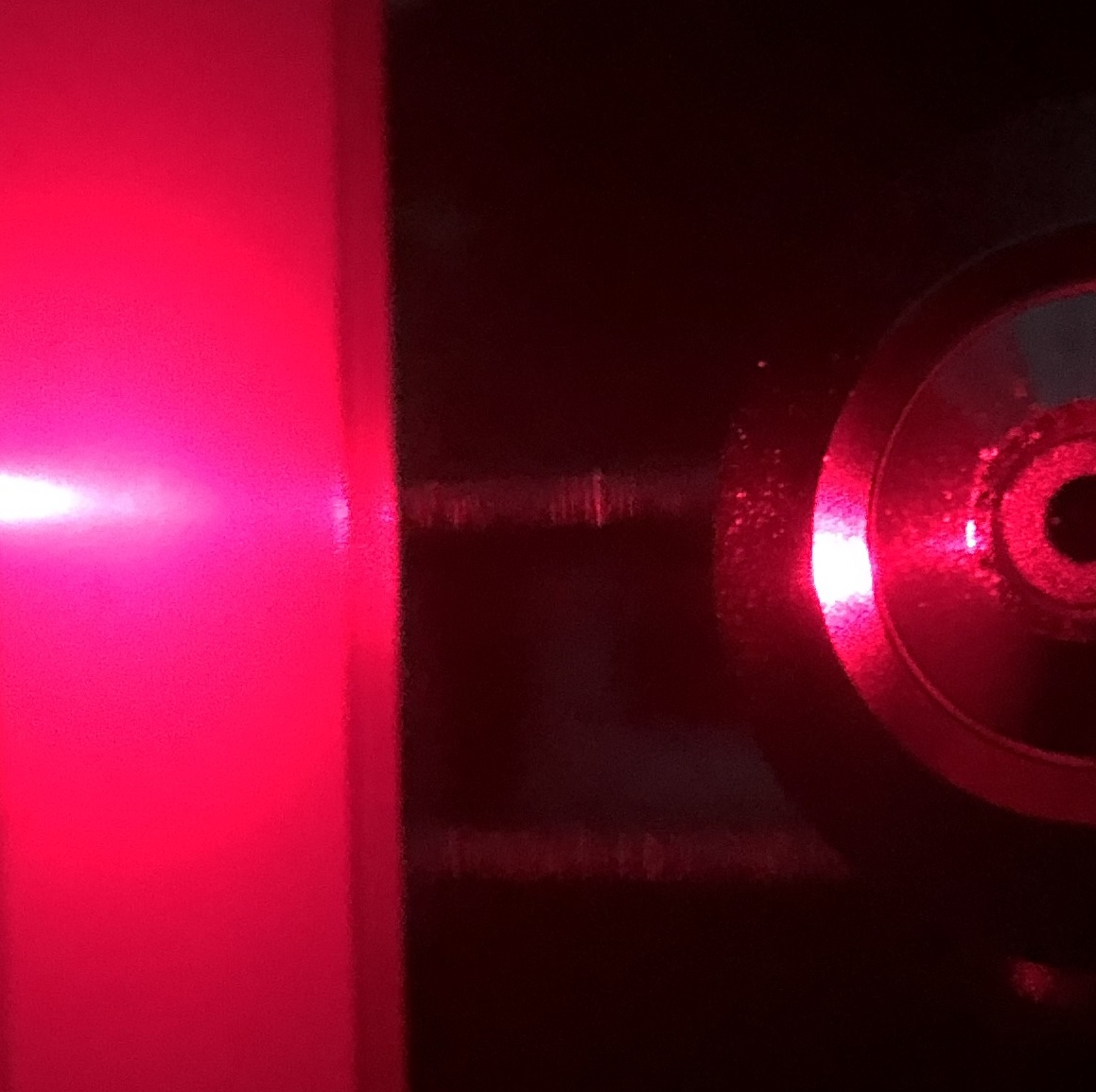
Bio Photonics group - Light microscopy & imaging 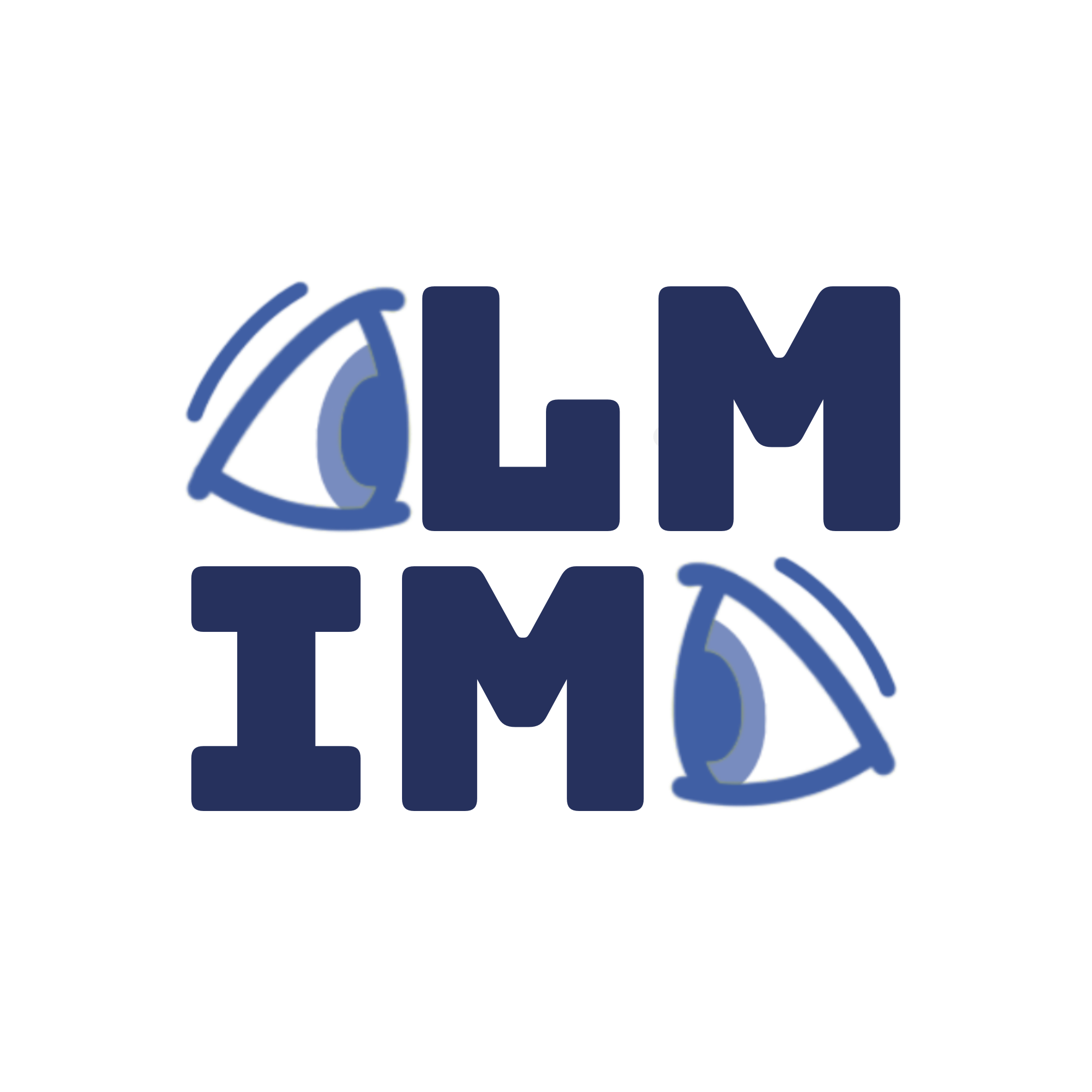
Our laboratory is dedicated to pioneering novel optical imaging techniques for cutting-edge research in neurosciences, with a specific focus on cellular-level investigations, including the study of neurodegeneration and pathologies related to protein aggregation, such as Alzheimer's, Parkinson's, and Huntington's diseases. We operate with state-of-the-art equipment and adopt an interdisciplinary approach in the development of imaging methods. We strive to extend the limits of optical microscopy, embracing advanced techniques like multi-photon imaging and live-cell imaging. These methodologies enable us to observe dynamic processes occurring at both the cellular and molecular levels, with the aim of uncovering the mechanisms behind protein misfolding and aggregation.
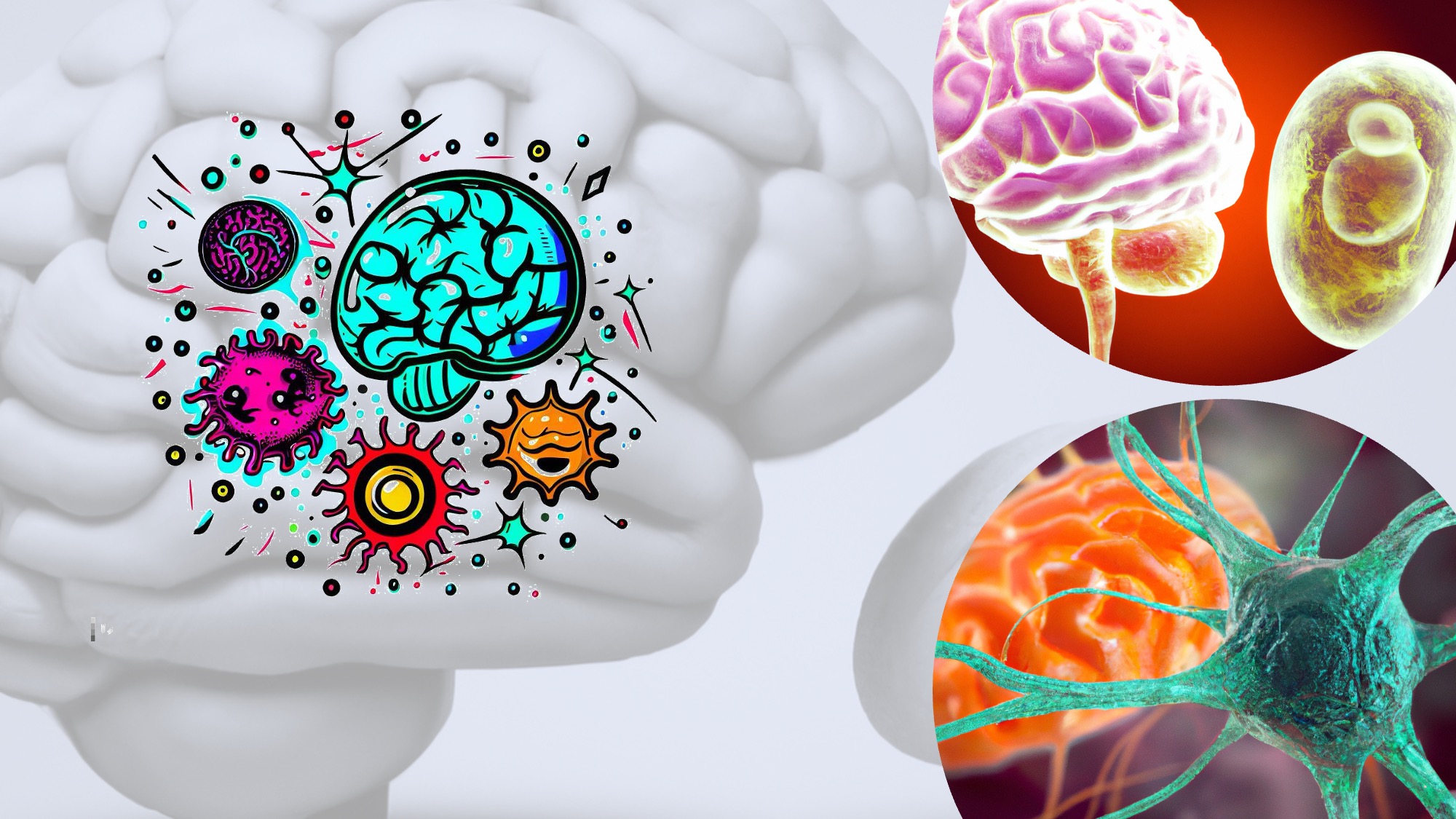
Bio Neuromolecular group - Synaptic Organoid NeuroGlia 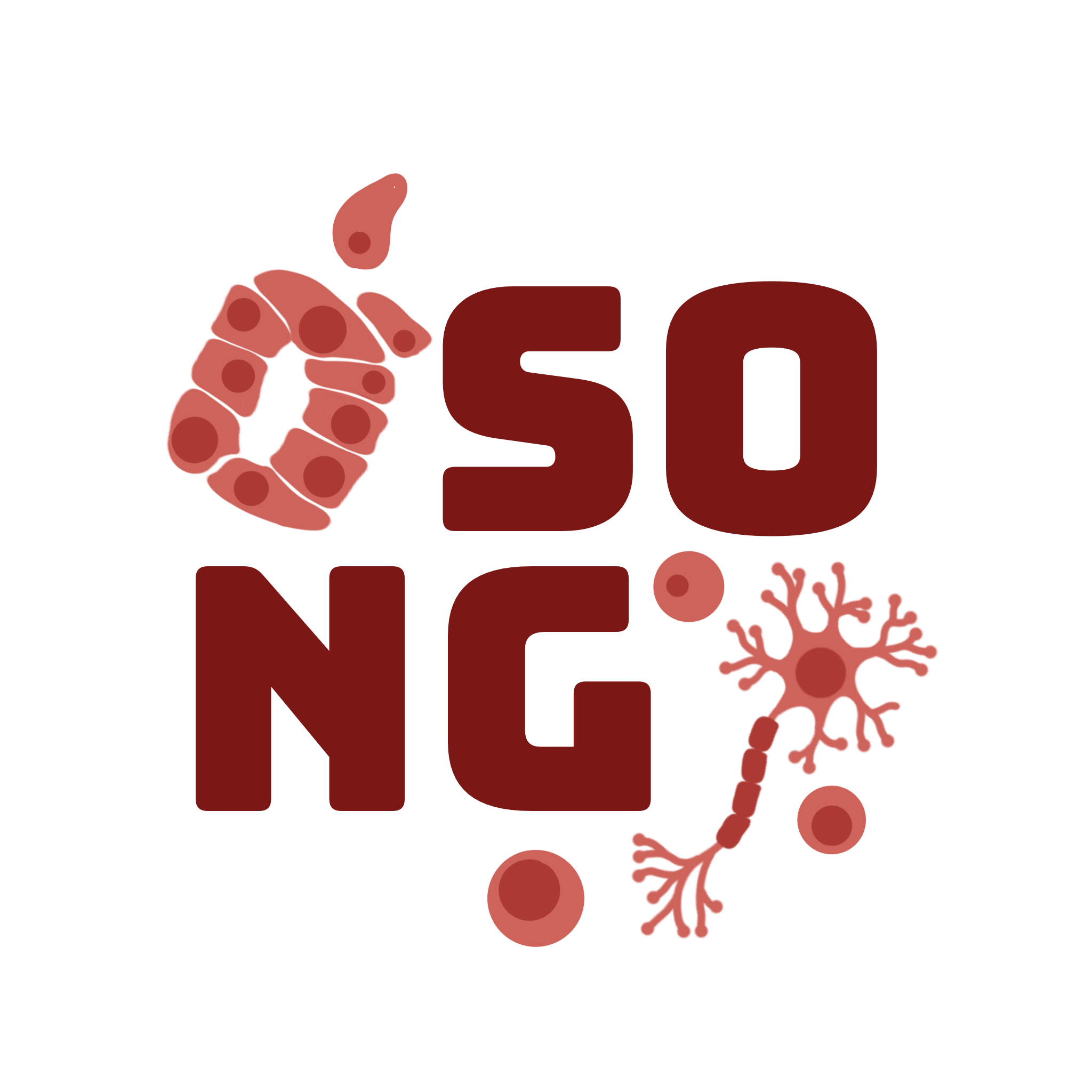
Our neurophysiology laboratory focuses on synaptic transmission, neuro-glia and microglia interaction, and neurodevelopmental and neurodegenerative diseases. Leveraging 3D brain and retinal organoids, we delve into the complexities of these areas. We aim to unravel the fundamental principles underlying brain function and dysfunction, paving the way for innovative treatments. Our interdisciplinary team collaborates to bridge the gap between in vitro models and the human brain, striving for breakthroughs in neuroscientific knowledge and therapeutic solutions.
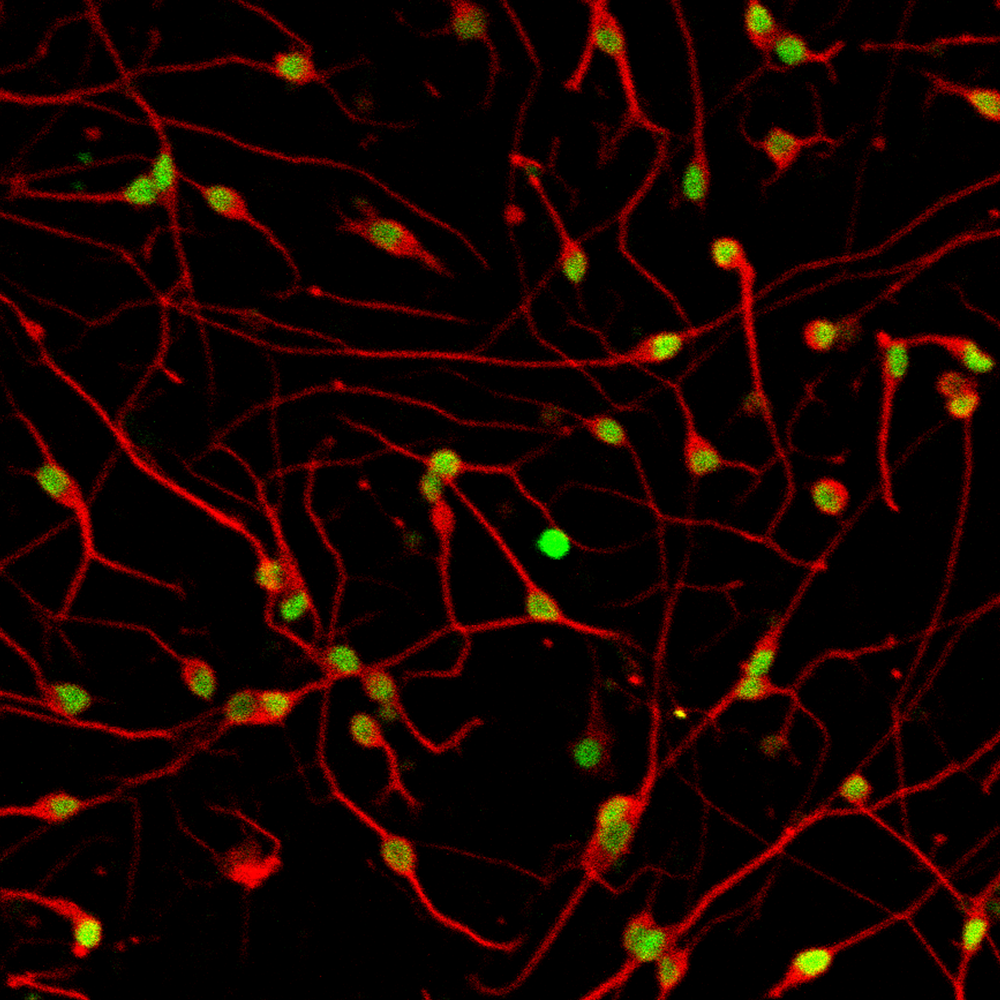
Bio Neuromolecular group - iPS cells and organoids 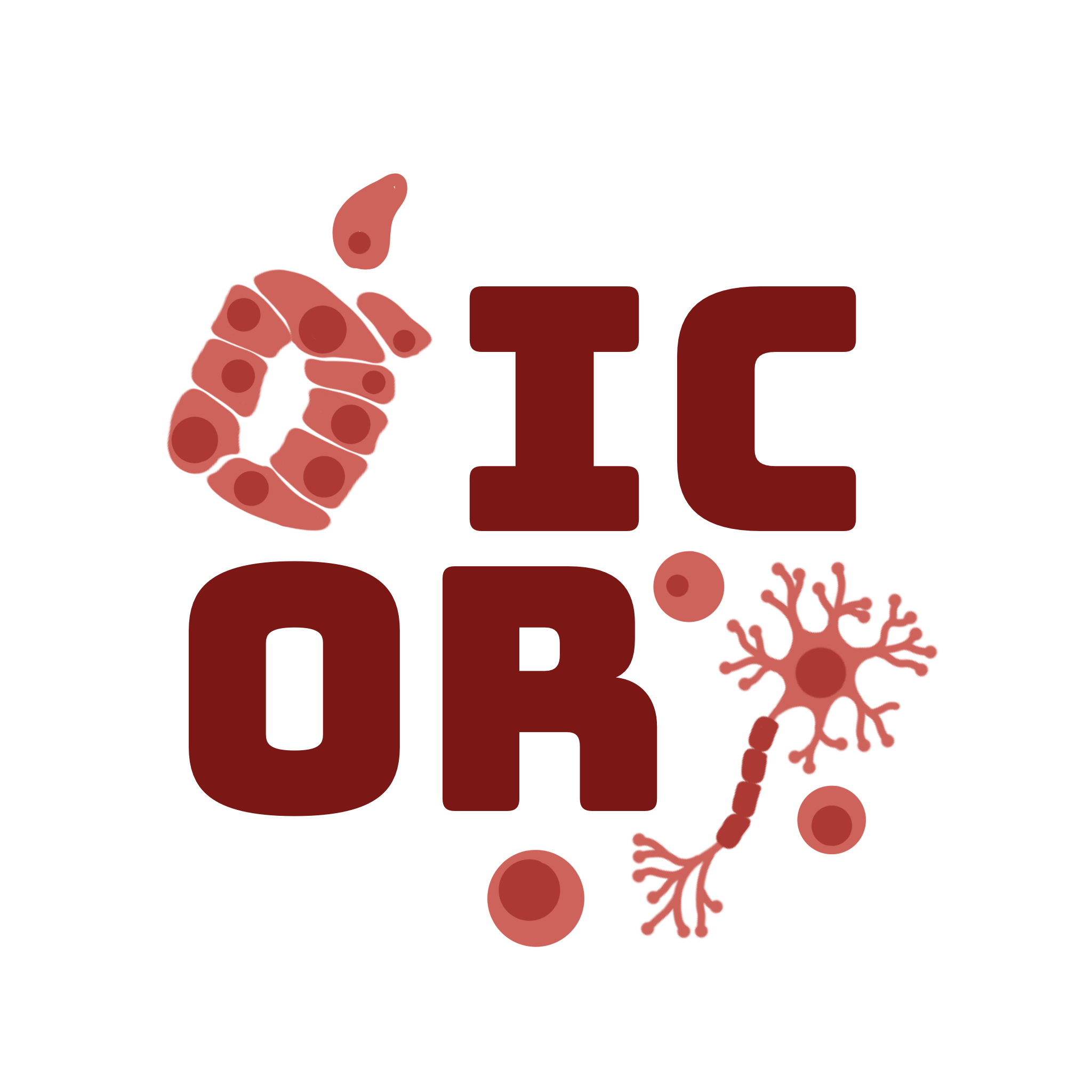
Our lab aims to dissect the molecular mechanisms that underlie nervous system diseases, with a particular focus on the role of RNA binding proteins (RBPs). We take advantage of human iPS cells to generate in vitro model systems of neurodegenerative and neurodevelopmental diseases, such as amyotrophic lateral sclerosis, fragile-X syndrome, and the GNAO1-related disorder. iPS cells are differentiated into disease relevant cell types in the context of both conventional cultures and more sophisticated paradigms, including organoids, gastruloids, neuruloids and microfluidic devices. We are also developing potential therapeutic approaches based on synthetic RNA molecules.
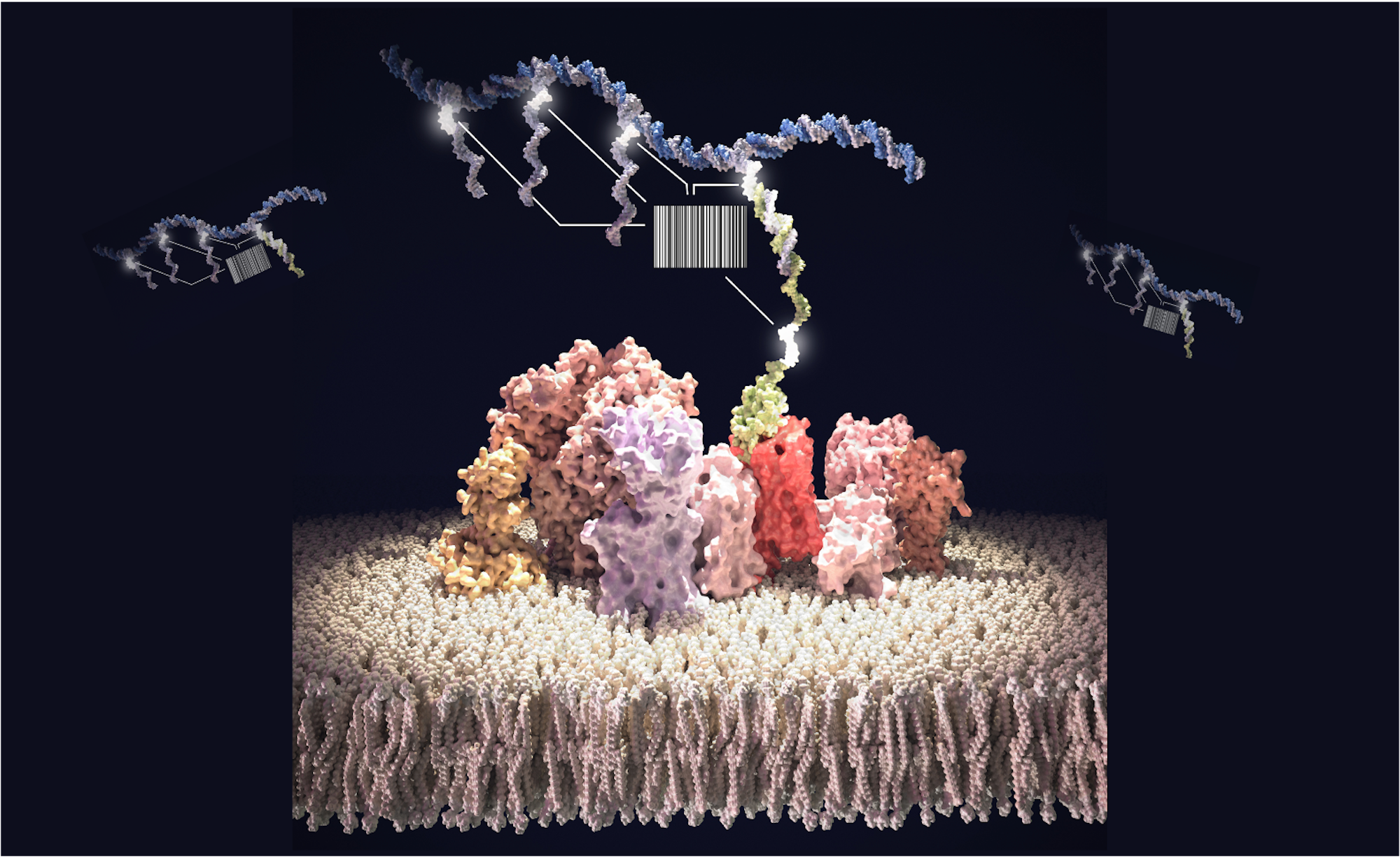
Bio Neuromolecular group - DNA-based Nanostructures and Nanotechnologies 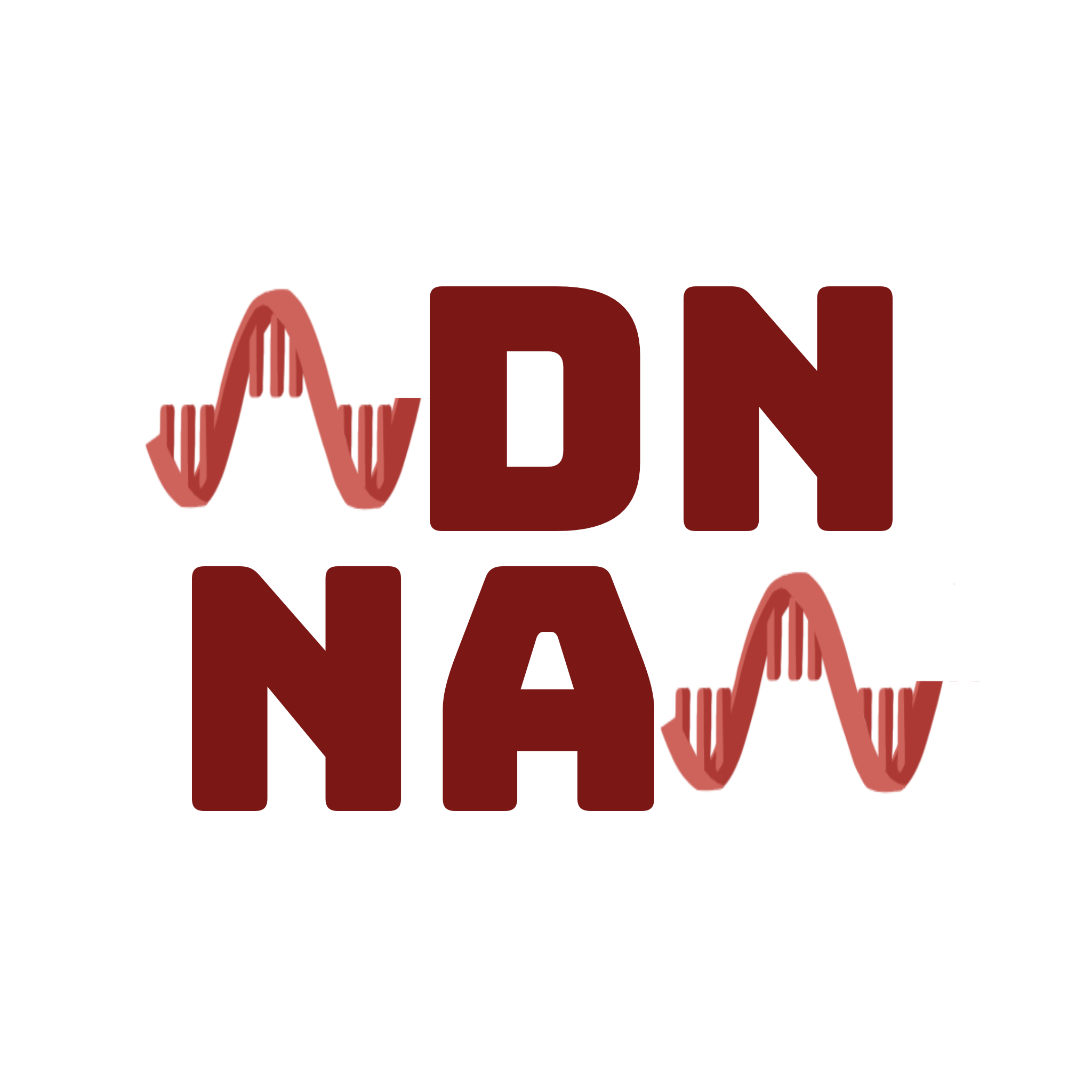
Our lab aims to use DNA-based nanostructures (2D and 3D) as tool to investigate at the nanoscale key aspects of cellular mechanisms involved in neurodegenerative diseases. We focus on the development of new “DNA microscopy” methods, in whichDNA detection, as a proxy for protein detection using oligonucleotide-conjugated affinity binders and DNA sequencing as readout, is exploited for the analysis of proximity between pairs of proteins. Our innovative nanotechnologies are intended to visualize the spatial organization of protein clusters at the cell membrane and protein aggregates inside the cell and to shed light on their role in physiological and pathological conditions.
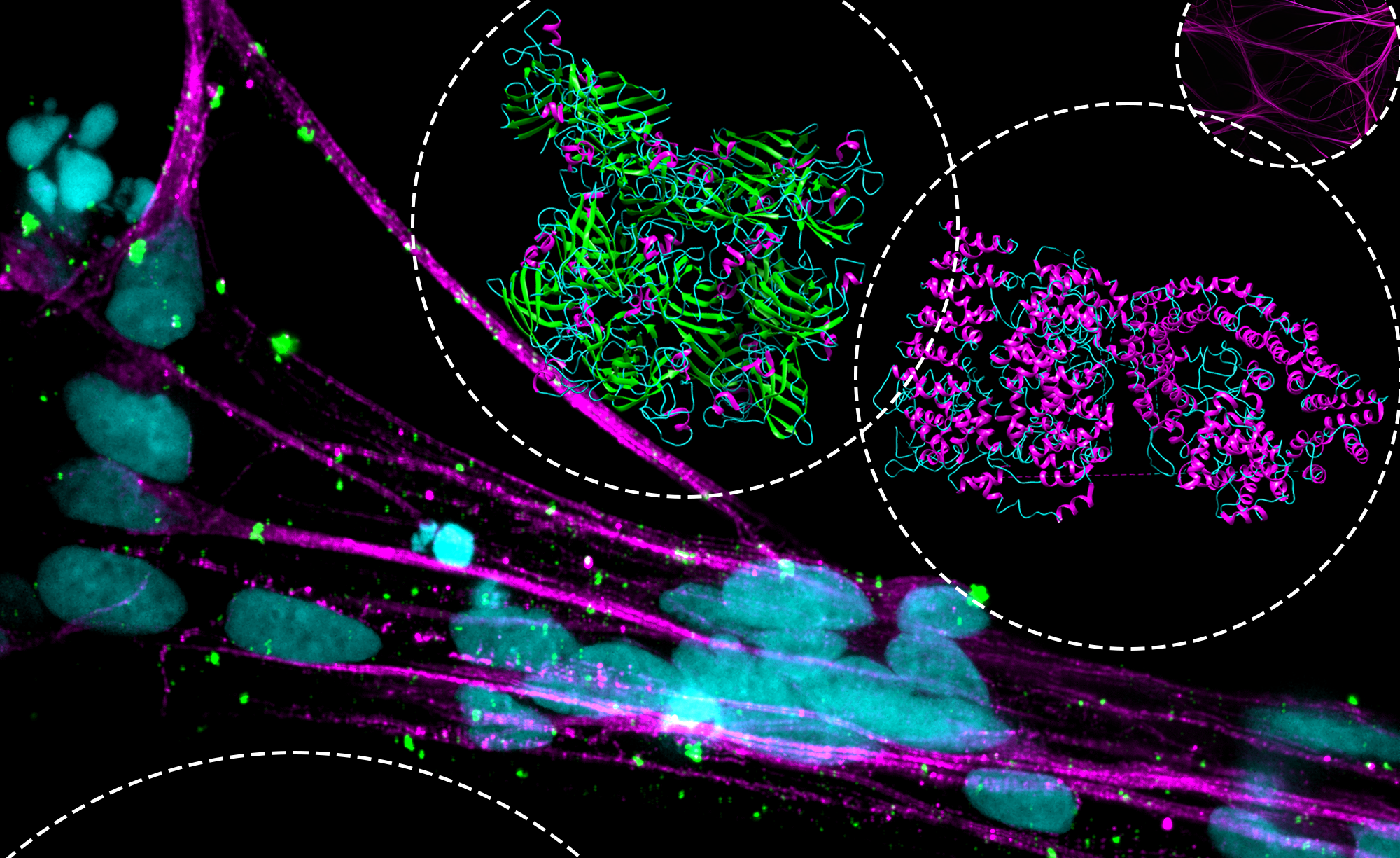
Bio Neuromolecular group - Neurodegeneration and protein aggregation 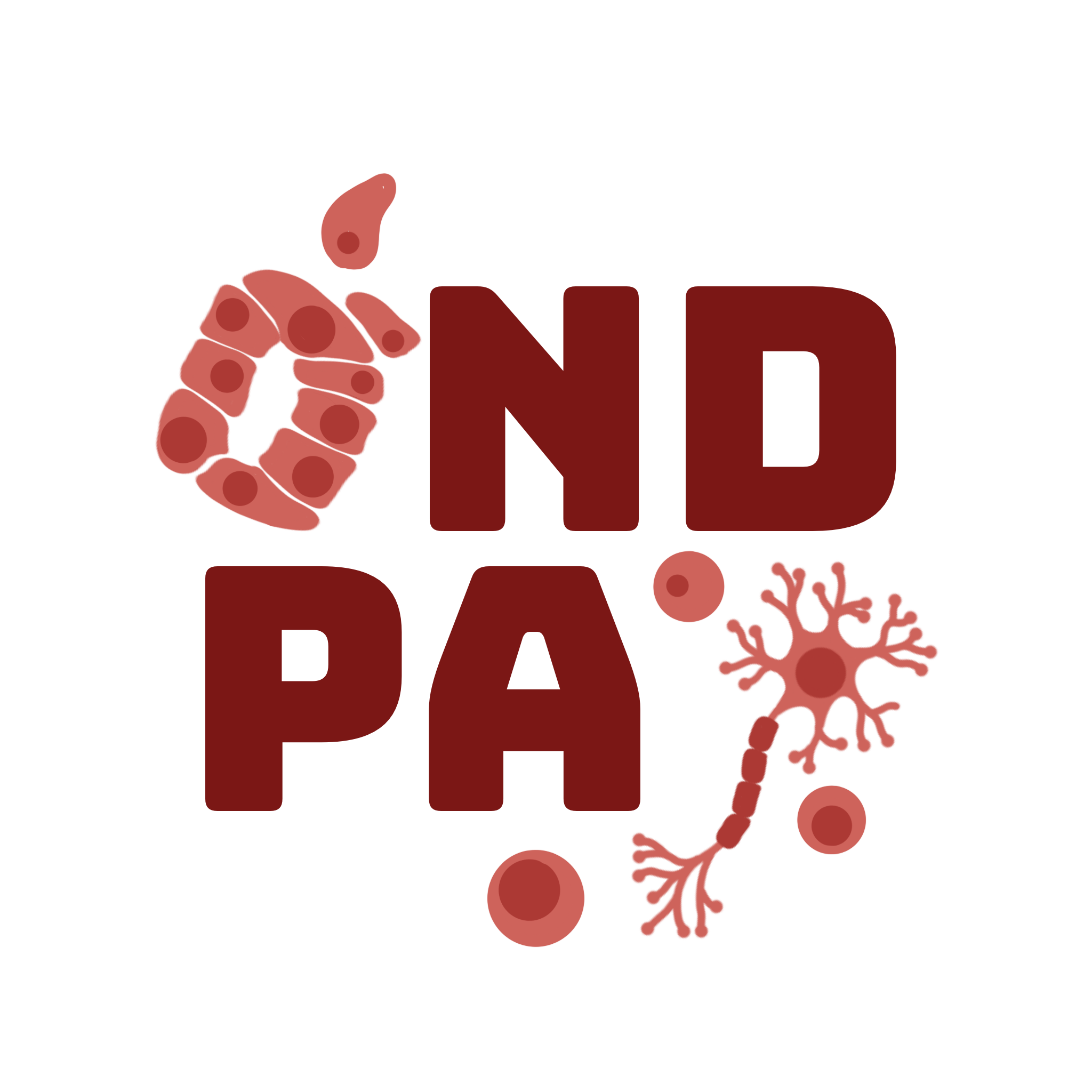
Protein aggregation is a common and significant feature in several neurodegenerative disorders, playing a crucial role in causing cellular damage and ultimately cell death. To investigate these conditions, we are focused on developing reliable in vitro models of human neurodegenerative diseases by combining induced pluripotent stem cells (iPSCs) and organoid cultures, in conjunction with microfluidic technology. Our aim is to unravel the cellular and molecular alteration that occur in neurodegenerative diseases characterized by protein aggregation, such as Amyotrophic Lateral Sclerosis and Huntington's disease, to identify novel therapeutic strategies.
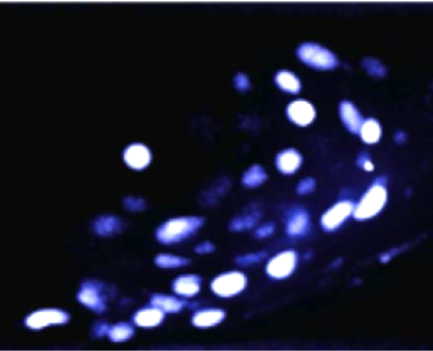
Bio Neuromolecular group - C.elegans 
In our lab, which is part of the joint lab IIT-DTAILS, we are interested in uncovering the complex dynamics of neural networks in the brain, focusing on how they encode sensory data, process information for decision-making, and drive subsequent behaviors. These are challenges that have puzzled experts worldwide for decades. To comprehensively address these questions, we turn to the model organism Caenorhabditis elegans (C. elegans), a 1mm-long nematode worm residing in soil. The full knowledge of the morphology, function, and connectivity of each neuron provides an unparalleled view of a complete nervous system and despite its modest size, this worm exhibits surprisingly complex behaviors. In recent years, our lab has pioneered advanced techniques, enabling us to quantitatively scrutinize C. elegans behavior in unprecedented details, record real-time brain-wide activity at single cell resolution as well as conduct population-level recordings on single neuron activity. Our work not only provides insights into neurodevelopmental disorders but also offers a fundamental proof of principle model that guides the study of higher nervous systems.